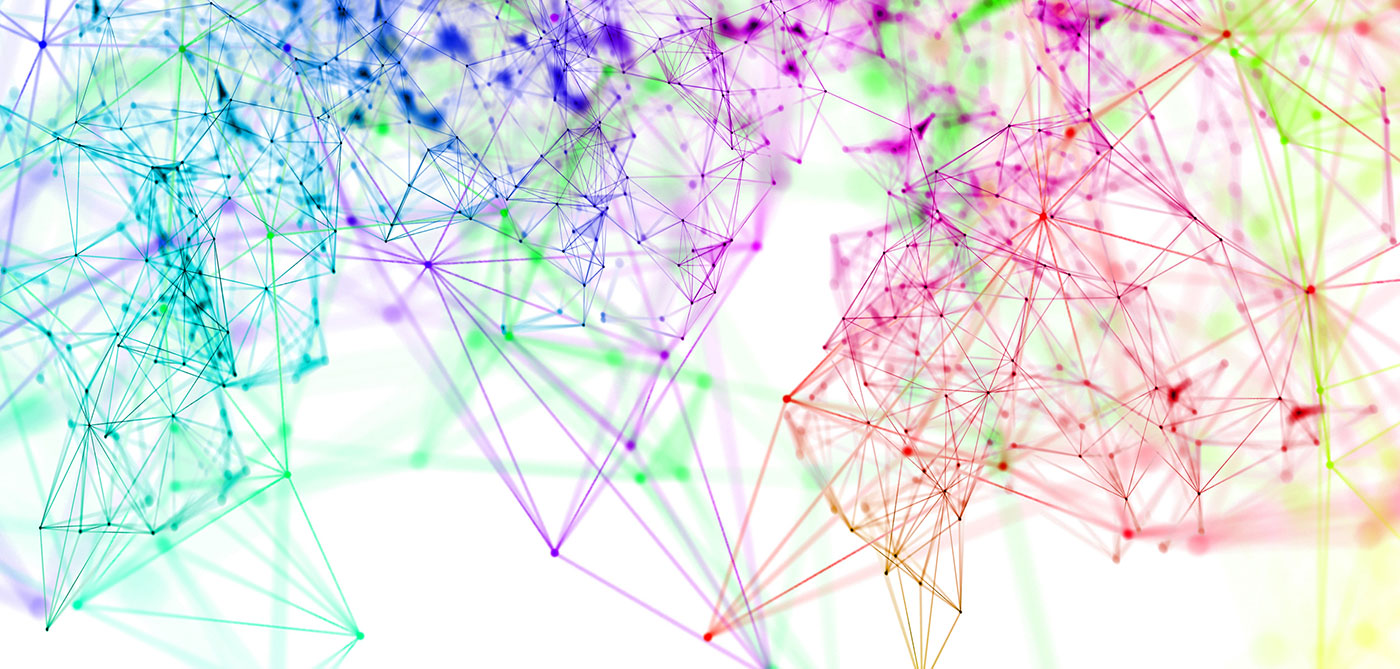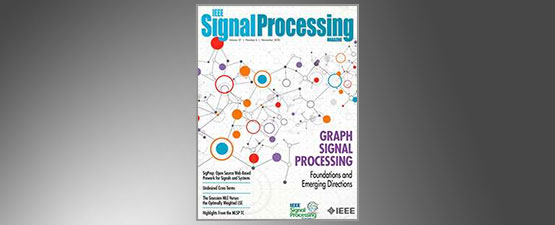2021 IEEE SPS Summer School on Deep Learning for Sensor Signal Analytics
August 2-6, 2021
Location: Virtual Conference
Registration Deadline: August 1, 2021 till 5PM local time
Registration Link

August 2-6, 2021
Location: Virtual Conference
Registration Deadline: August 1, 2021 till 5PM local time
Registration Link

Lecture Date: August 10, 2021 -- Virtual Lecture
Chapter: Hyderabad Chapter
Chapter Chair: Abhinav Kumar
Topic: Random Walk on a Tree for Stochastic Optimization and Learning
The Signal Processing (SP) research group at the Universität Hamburg in Germany is hiring a Postdoc (E13/E14) "Machine Learning for Speech and Audio Processing".

White Paper Due: December 8, 2021
Publication Date: January 2023
CFP Document
The following volunteers have been named Editors-in-Chief of IEEE Signal Processing Society publications. The term for these Editors-in-Chief will run from 1 January 2022 through 31 December 2024.
We are looking for a motivated and talented individual to work on a two-year UKRI-funded project in the area of expressive speech synthesis. Follow https://www.jobs.ac.uk/job/CHB468/research-associate-in-speech-synthesis to apply and learn more details about the post.The deadline for submitting applications is July 23, 2021.